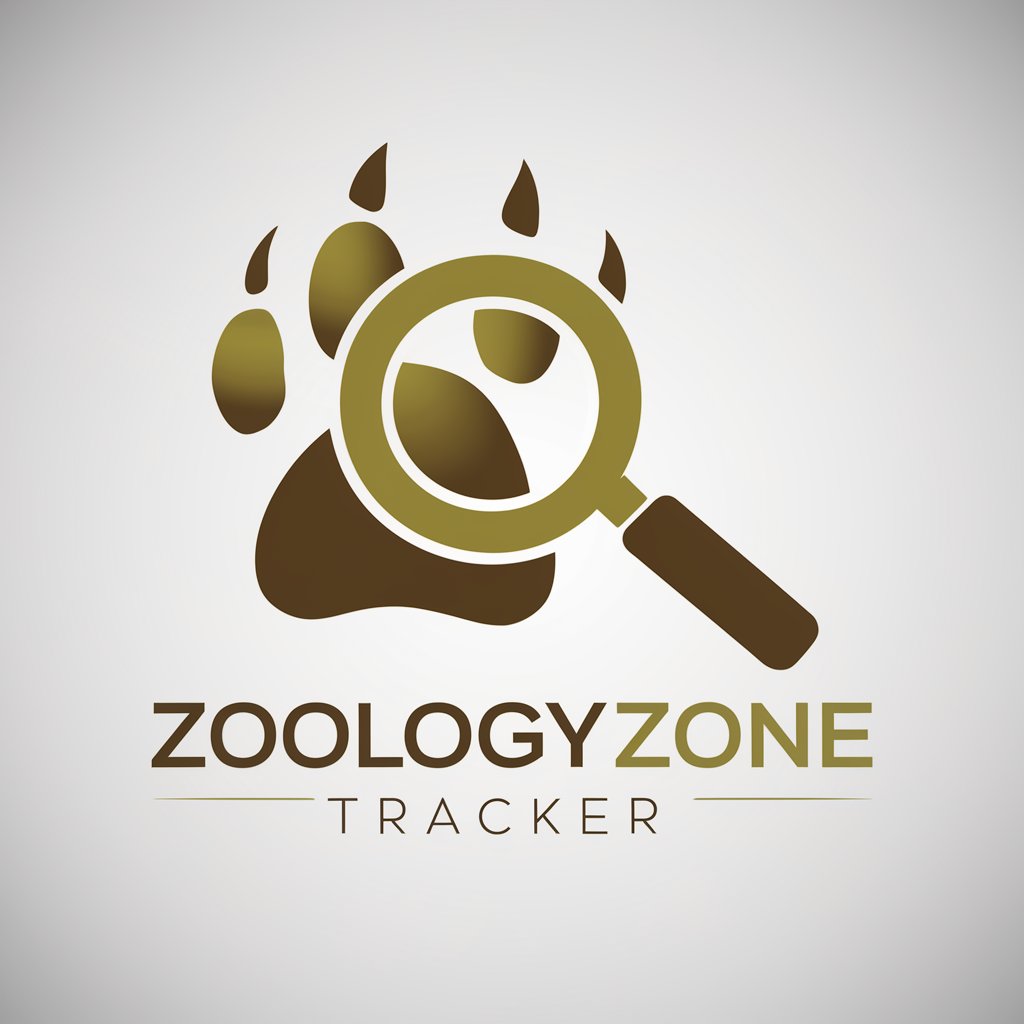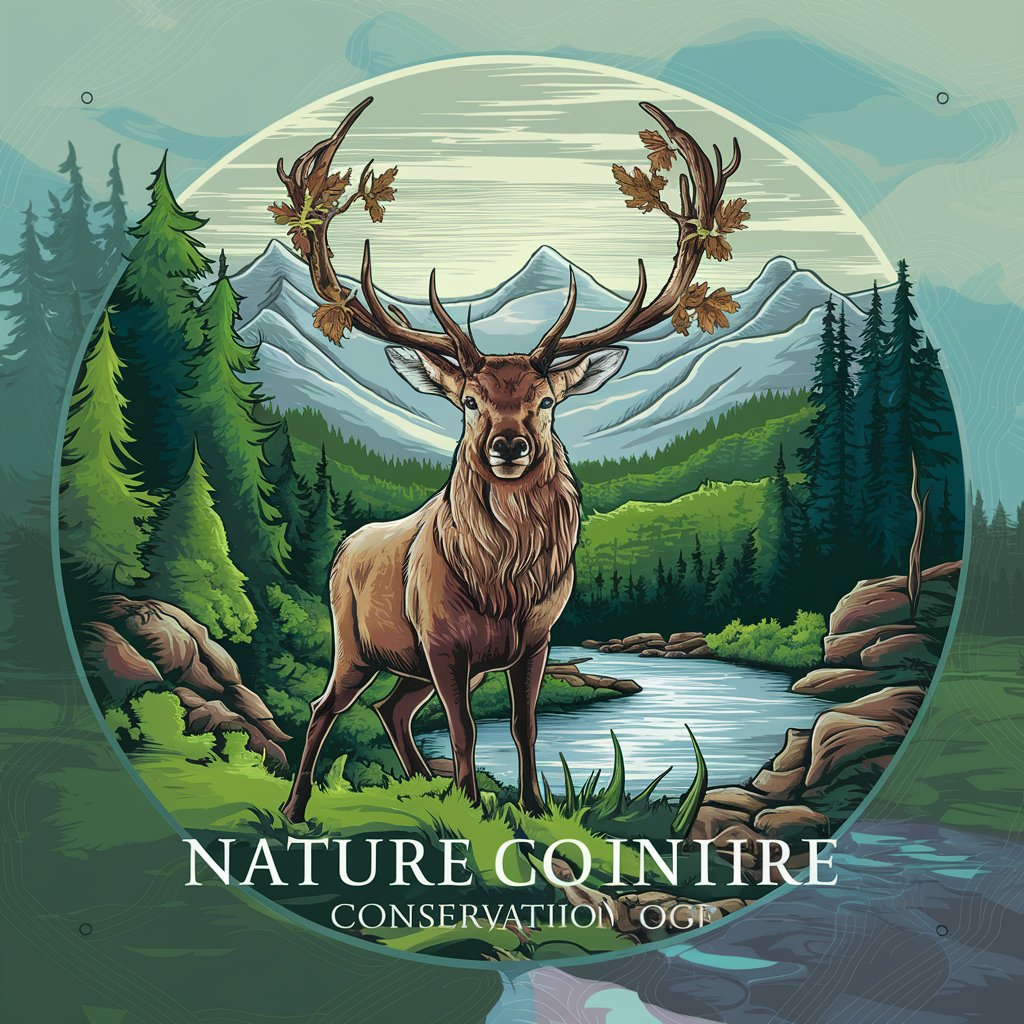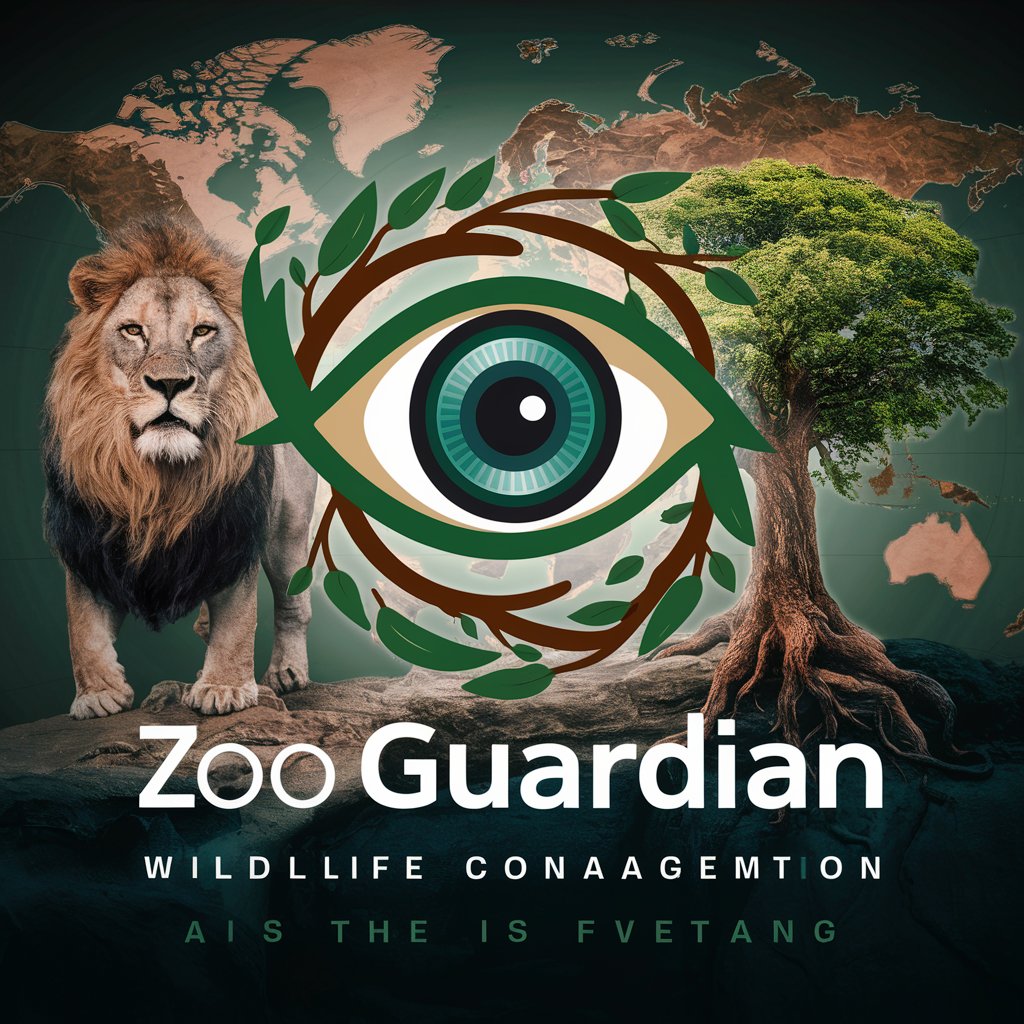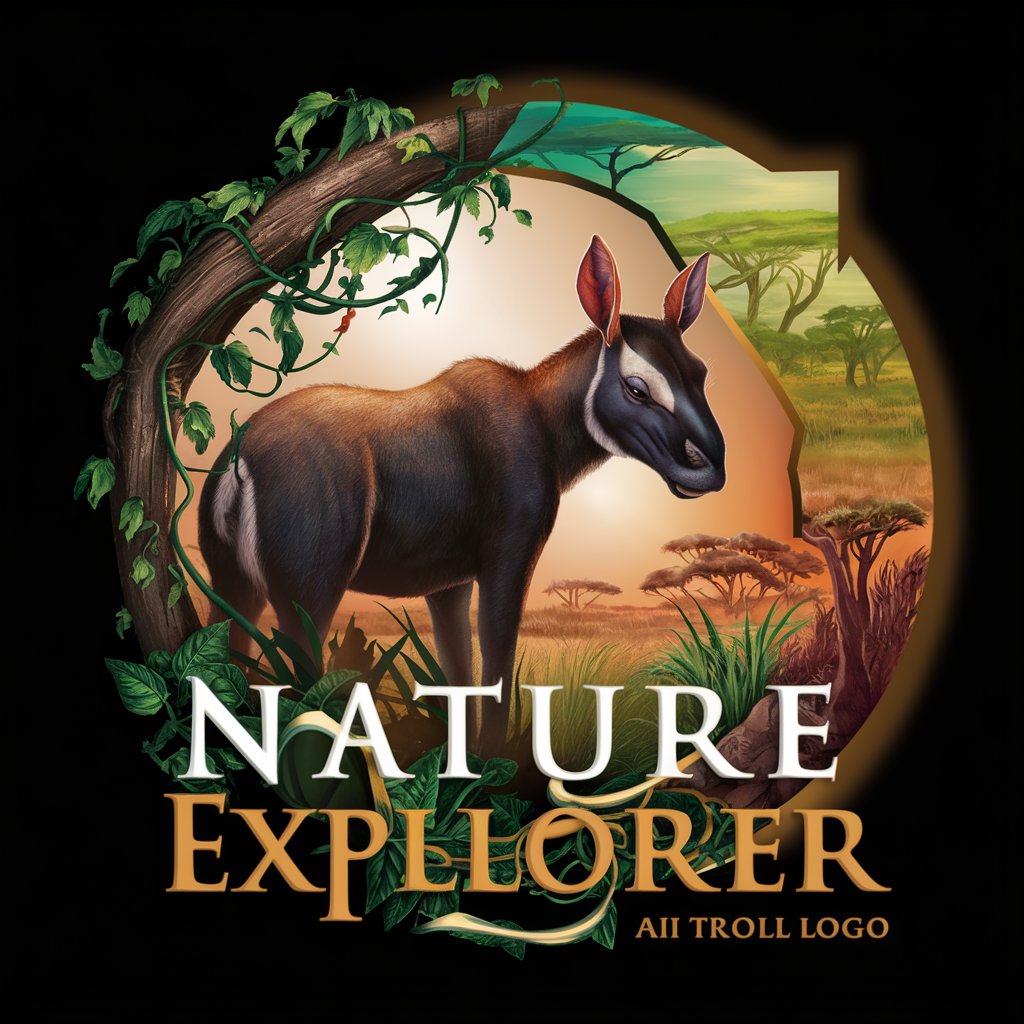11 GPTs for Wildlife Research Powered by AI for Free of 2025
AI GPTs for Wildlife Research refer to advanced machine learning models, particularly Generative Pre-trained Transformers, that have been customized or developed specifically to aid in the study and conservation of wildlife. These tools leverage the vast capabilities of AI to analyze, interpret, and generate data related to various aspects of wildlife research such as habitat analysis, species identification, behavioral studies, and population monitoring. The relevance of GPTs in this context lies in their ability to process and understand complex environmental data, making them invaluable for researchers and conservationists seeking to make informed decisions and insights into wildlife and their habitats.
Top 10 GPTs for Wildlife Research are: 🐾 ZoologyZone: Wildlife Tracker 🌿,Lion,🦁🌍 ZoologyZone Tracker 🐾🔍,Wild,Wild Me,Perfect Automated Counting System,YOLOv5 Lite Helper,动物和我们是朋友,Habitat Helper,Nature Explorer
🐾 ZoologyZone: Wildlife Tracker 🌿
AI-powered insights into wildlife ecology

Lion
Empowering Lion Conservation Through AI

🦁🌍 ZoologyZone Tracker 🐾🔍
Unlock Nature's Secrets with AI

Wild
Empowering wilderness discovery with AI

Wild Me
Empowering Conservation with AI

Perfect Automated Counting System
Count anything, anywhere, automatically with AI.

YOLOv5 Lite Helper
Revolutionize object detection with AI

动物和我们是朋友
Empowering Conservation with AI

Habitat Helper
Explore Nature with AI Insight

Nature Explorer
Explore Wildlife with AI

Tiger
Empowering Tiger Conservation with AI

Key Attributes of Wildlife Research AI Tools
AI GPTs designed for Wildlife Research boast several unique features that make them particularly useful in this field. These include natural language processing for analyzing research papers and reports, image recognition capabilities to identify species from photographs, data analysis tools for tracking population trends, and predictive modeling to forecast future changes in habitats or populations. These tools are adaptable, capable of handling tasks ranging from simple data collection to complex ecological modeling, and are distinguished by their ability to learn and improve over time, providing increasingly accurate and relevant insights for researchers.
Who Benefits from Wildlife Research AI?
The primary beneficiaries of AI GPTs for Wildlife Research include environmental scientists, conservationists, and wildlife researchers who seek to leverage cutting-edge technology in their work. These tools are also immensely valuable for educational institutions, non-profit organizations focused on conservation, and governmental wildlife agencies. They offer user-friendly interfaces that require minimal coding knowledge, making them accessible to novices, while still providing advanced customization options for developers and professionals with technical backgrounds.
Try Our other AI GPTs tools for Free
Biology Study
Explore AI GPTs for Biology Study: Transforming education and research with advanced AI tools designed to enhance learning, teaching, and analysis in the biological sciences.
Feedback Strategies
Discover how AI GPTs for Feedback Strategies leverage cutting-edge technology to provide tailored, constructive feedback across various domains, enhancing learning, productivity, and creativity.
Grade-Level Learning
Explore AI GPTs for Grade-Level Learning: adaptable, user-friendly tools designed to enhance educational outcomes by providing tailored content for all grade levels.
Meeting Analysis
Discover how AI GPTs for Meeting Analysis can transform your meetings into data-rich, actionable insights with real-time transcription, summarization, and analysis.
Summary Generation
Discover AI-powered Summary Generation tools designed to efficiently condense and summarize texts, making information processing faster and more accessible for everyone.
Story Adventure
Discover the future of storytelling with AI GPTs for Story Adventure, where dynamic, personalized narratives come to life, offering an innovative tool for creators and enthusiasts alike.
Expanding Horizons with AI in Wildlife Conservation
AI GPTs for Wildlife Research are not just tools but partners in conservation, offering custom solutions across different sectors of environmental science. Their adaptability and learning capabilities mean they can evolve with the research needs, providing not just data analysis but also predictive insights that can guide future conservation efforts. Their integration with existing systems simplifies workflows, making research more efficient and effective.
Frequently Asked Questions
What exactly are AI GPTs for Wildlife Research?
AI GPTs for Wildlife Research are specialized AI models designed to support the study and conservation of wildlife through data analysis, natural language processing, and predictive modeling.
How can these tools aid in species identification?
They utilize image recognition and machine learning to accurately identify species from photographs, aiding in biodiversity studies and monitoring.
Can non-technical users operate these AI tools?
Yes, these tools are designed with user-friendly interfaces that allow individuals without extensive coding skills to utilize them for research purposes.
Are these tools adaptable to specific research needs?
Absolutely. They can be tailored from simple data analyses to complex ecological modeling, depending on the user's requirements.
How do these AI tools help in conservation efforts?
They provide valuable insights into population trends, habitat changes, and potential threats to wildlife, supporting effective conservation planning and action.
Can AI GPTs predict future environmental changes?
Yes, through predictive modeling, these tools can forecast future changes in wildlife populations and habitats, aiding in proactive conservation strategies.
Is it possible to integrate these tools with existing databases?
Yes, they can be integrated with existing databases and systems, enhancing data analysis and accessibility for wildlife research.
Do these tools require constant internet access?
While internet access enhances functionality and access to cloud-based data, some features may be available offline for field research.